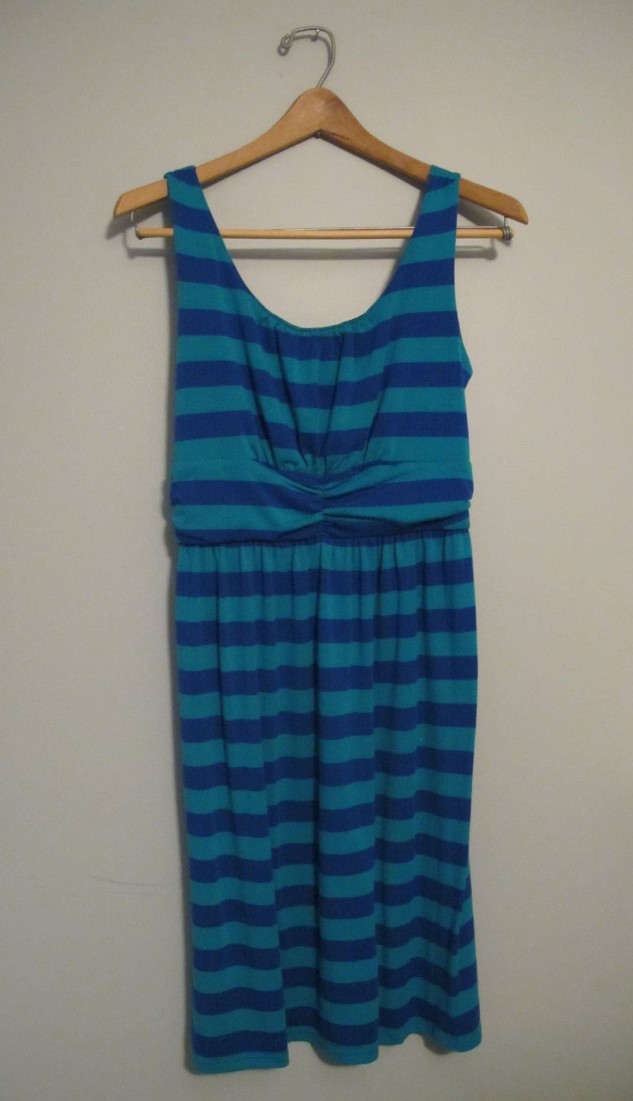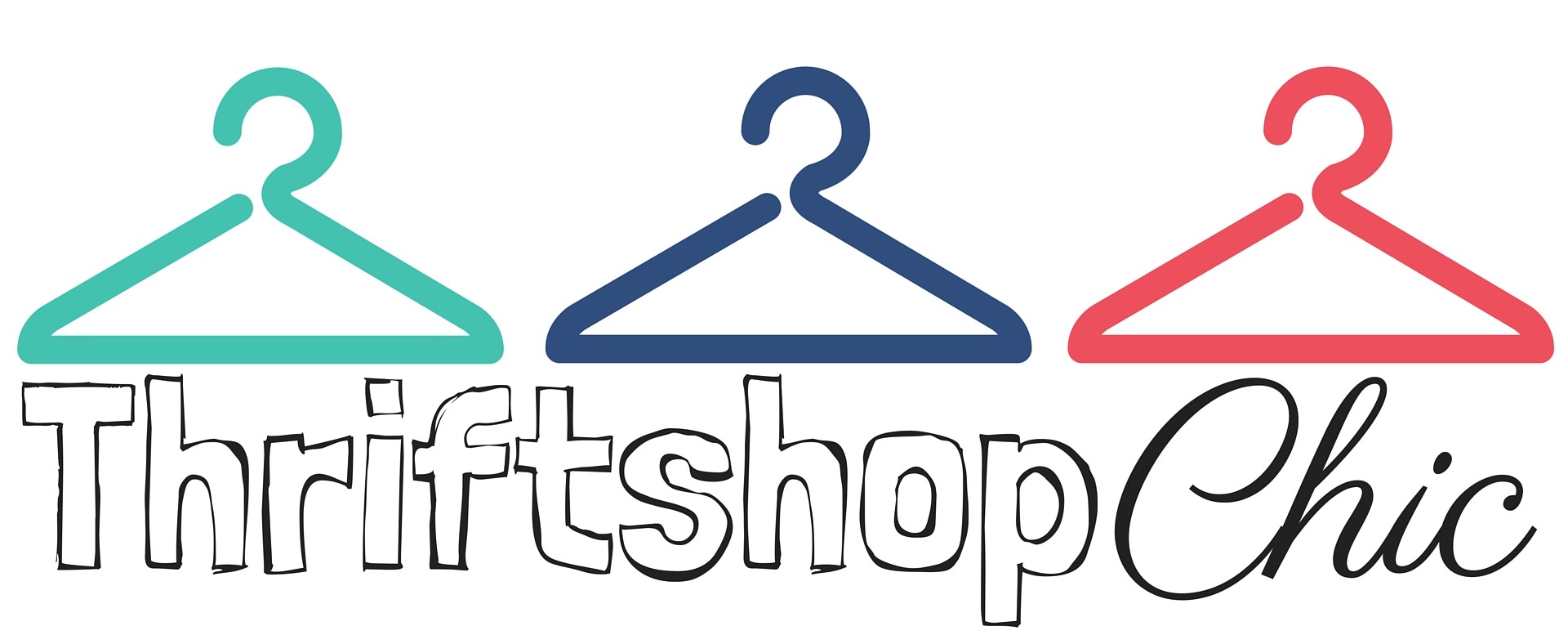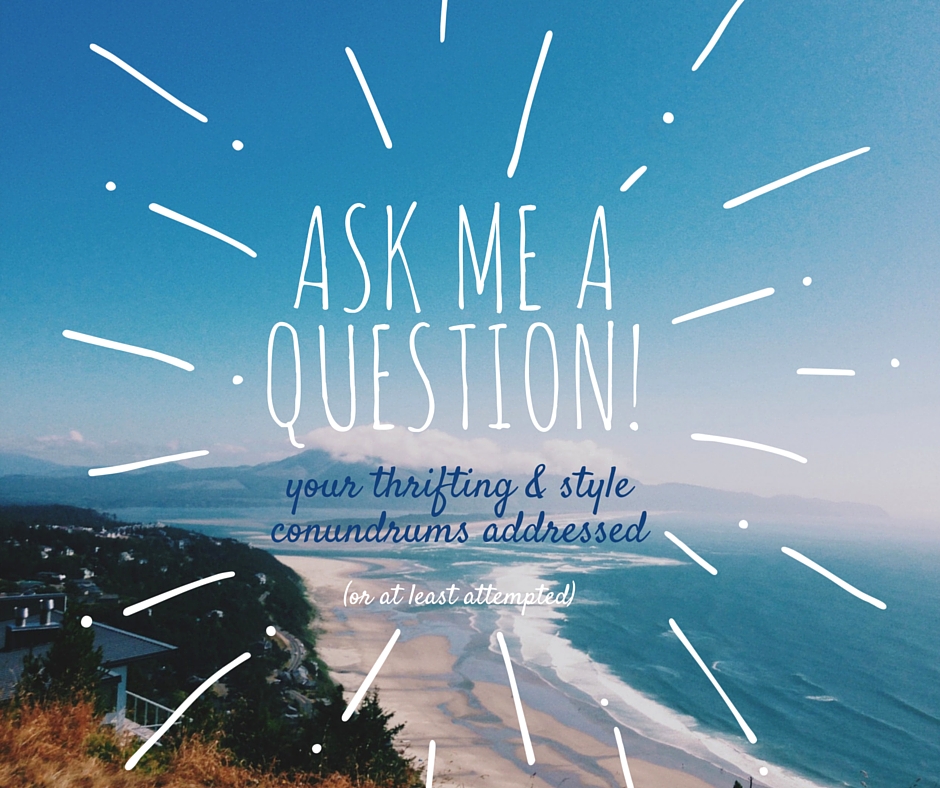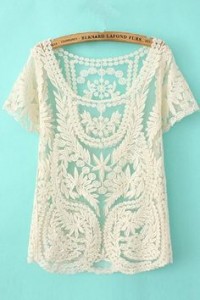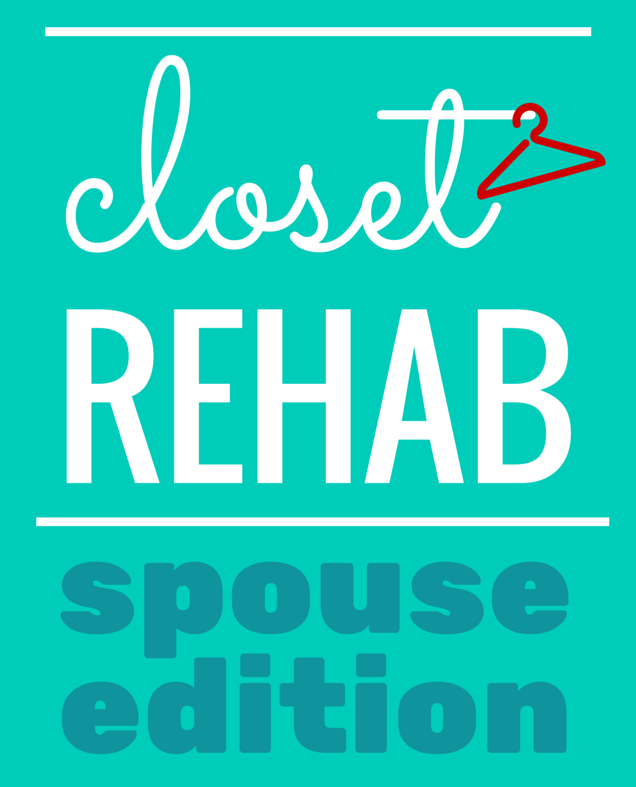Amidst the epic recent romper conversation on Facebook, we somehow transitioned into talking about jumpsuits: they appear to draw less direct sartorial inspiration from toddlers, so are they “okay”? In the course of the discussion, two folks weighed in saying that jumpsuits are fine if you are of “a very specific body type” or “as long as you are slim.”
My first thought was that they just hadn’t seen the right jumpsuits on the right women. My friend Sheena’s curves look magnificent in a jumpsuit–in fact, her lavender get-up at a brunch engagement party last year sold me on the whole idea of jumpsuits:

Photo courtesy of Sheena–yowza!
And one of my favorite style bloggers, Alison Gary, rocks a mean jumpsuit and gives tips on how to find ones that work for larger bodies and allow fuss-free bathroom visits:
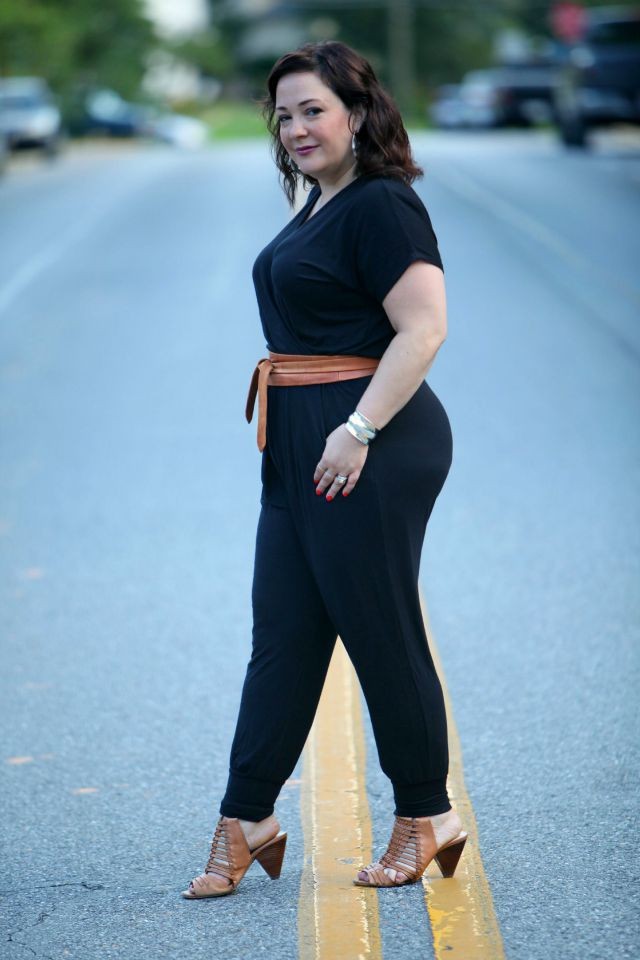
But as with the romper conversation, what most intrigued me about my friends’ comments was what lay underneath them: the implication that some clothing styles are limited to women of “a very specific body type”–i.e., the current societal ideal of tall and slim (to the point of skinny). The bodies we see modeling clothes, makeup, and, well, everything. Bodies that are fine in and of themselves but, when taken in the concentrated doses we receive as consumers of media, are not representative of the range of female physiques nor affirming of the beauty of those different physiques.
I grew up, of course, surrounded by those media ideals. I also grew up with a stylish mom who gave me her eye for putting together an outfit and, inadvertently, passed on a subtle variation of those damaging standards: choosing clothing that “flatters” one’s body type.
“Flattering” doesn’t seem all that worrisome in a culture bent on more explicit body-shaming; in fact, knowing what clothing flatters you is often touted as the key to loving your body as it is. “Dressing for your body type” is supposed to help empower you and give you the confidence that you are taking advantage of your body’s assets, whatever they are. But listen to this conversation overheard by Anuschka at into mind as she next to a group of 12- and 13-year-olds on the train:
One of them wanted to buy a new pair of jeans and she talked about what kind she might want to get. “I don’t like high-waisted jeans but I have to wear them because I’m a pear shape. They are just so uncomfortable”, she said. “Just make sure you get black or dark blue ones to make your legs look smaller. And wear that with something white on top to balance it out”, said one of the other girls. “I wish I was an apple. That way I couldn’t wear tight tops, but at least I could wear dresses and short shorts. That’s good for the summer.” They all agreed.
That’s what the concept of dressing for your body type/to highlight your assets and disguise your flaws does to young women (and, I’m sure, young men).
When I think about how flattery/dressing for my body type has shaped the silhouettes towards which I gravitate and how I look at clothes on the thrift store rack, I see how the concept quietly but insistently reinforces my body as a bunch of piecemeal components, each with a negative or positive value depending on how it matches up to the aforementioned social ideals: this highlights my waist (good), this accentuates my belly (bad), this is cute but it gives me a bunch of extra width in the hips (bad).
But as a feminist, as a pastor, I want to claim my body as a whole, as ALL good–as inherently beautiful and deeply useful and even as a source of delight, a playground for fashion and self-expression (amongst other things. Ahem). And I want you to be able to do the same. Because it ticks me off when we say certain styles are only for certain people. Obviously the fashion industry has a bias toward very, very skinny models and makes clothing accordingly; but especially as clothing retailers begin to wake up and make more clothing for larger body sizes, it’s only our acquiescence to objectifying social norms that bar women from wearing styles they love. And that ain’t cool.
So I guess the title of this post is a bit mis-leading–the only thing that should be dictating whether you “can” wear a particular style or item of clothing is whether you like it. (And, I suppose, how difficult it is for you to use the bathroom in it.)
Simple concept. Revolutionary when you embrace it.
Is this re-definition of flattery as mind-blowing to you as it was to me? Does the idea of flattery/dressing for your body type feel helpful or restrictive? Do you base your look on what you love, or what you’ve been told looks good on you? Scroll down to join the conversation!
Read more at into mind’s great post on this subject. And thanks to Sheena and my other FB conversation partners for stirring up the waters on this one!
